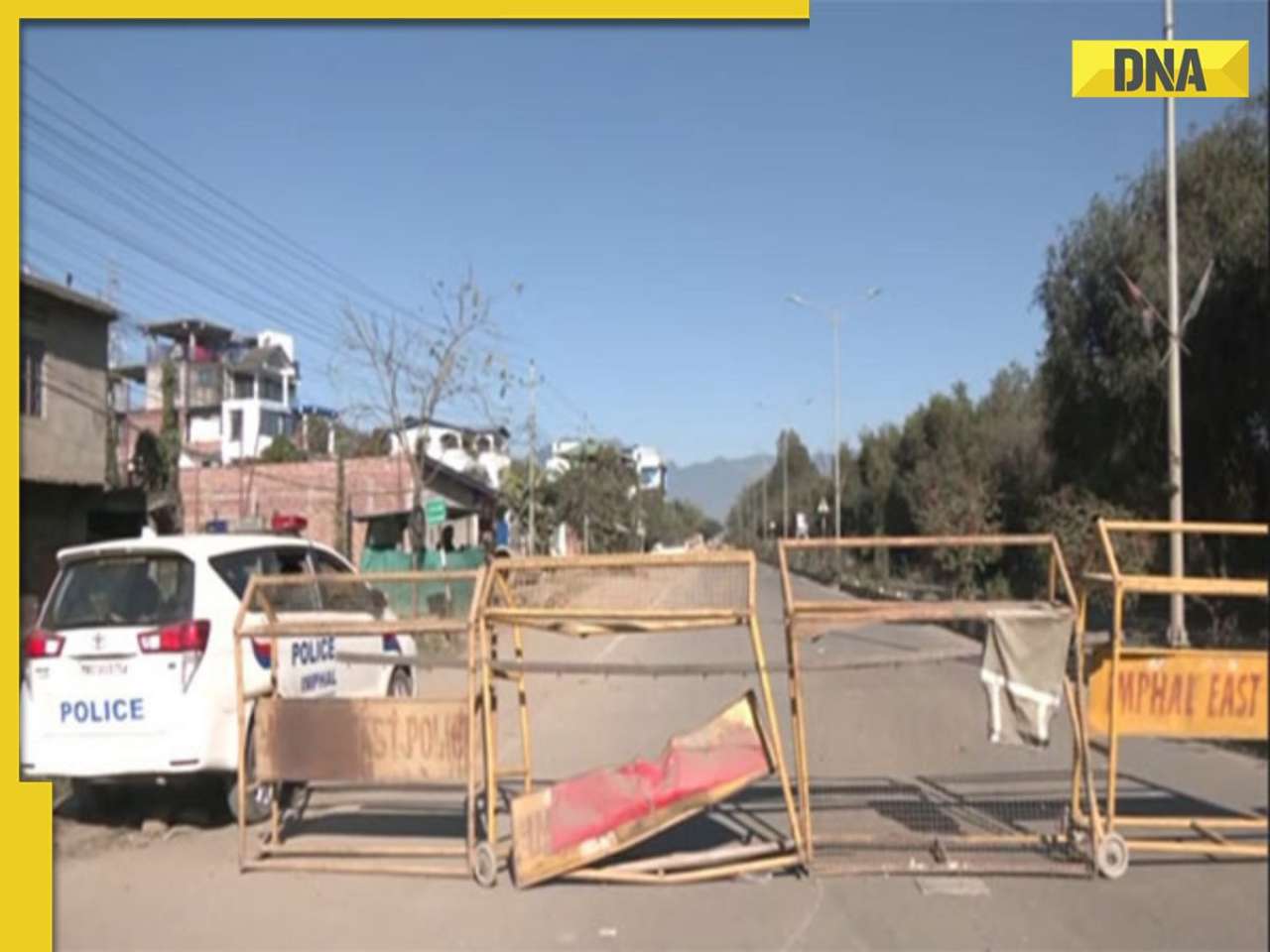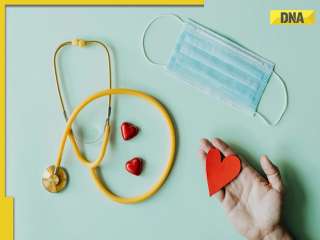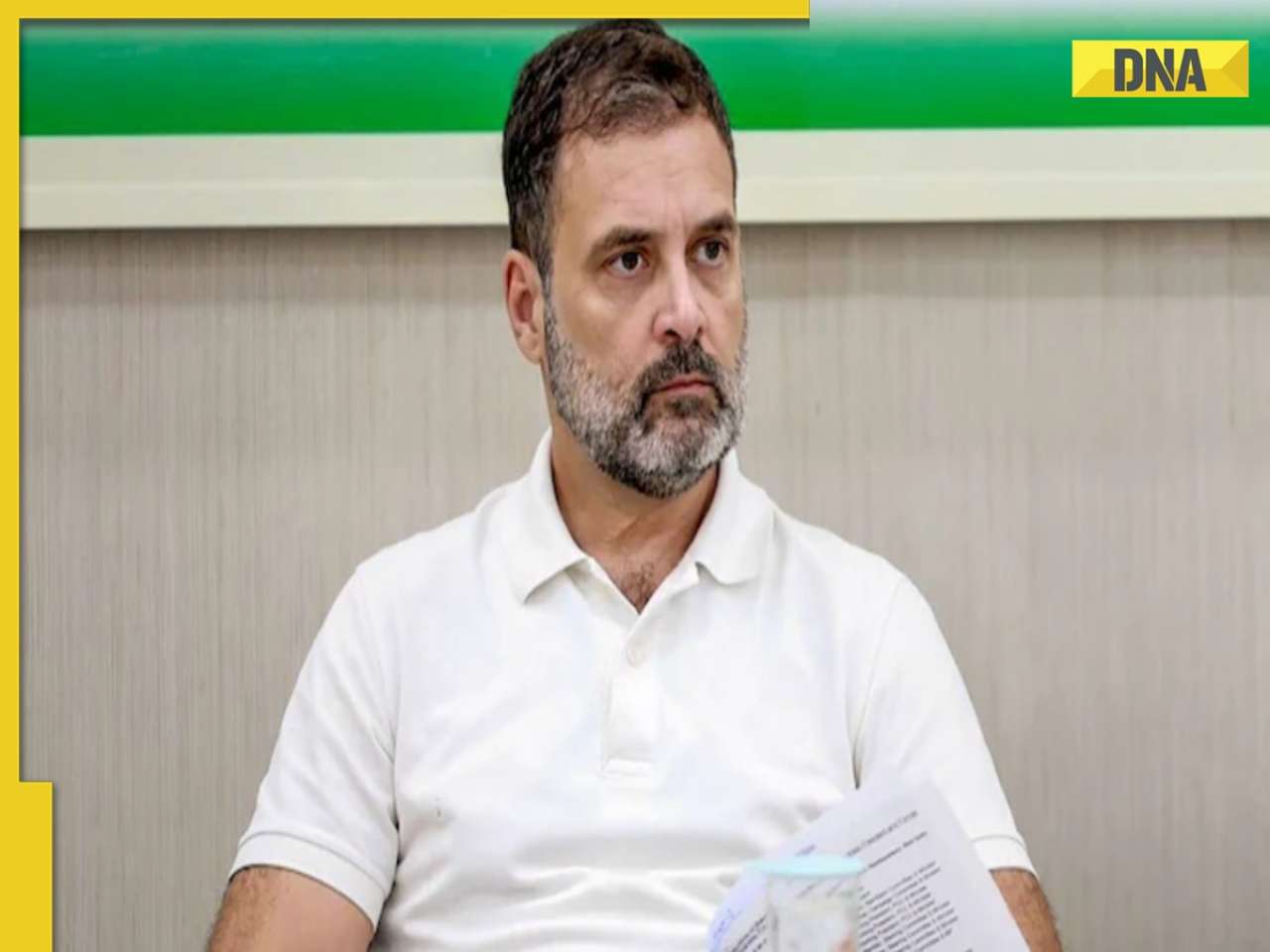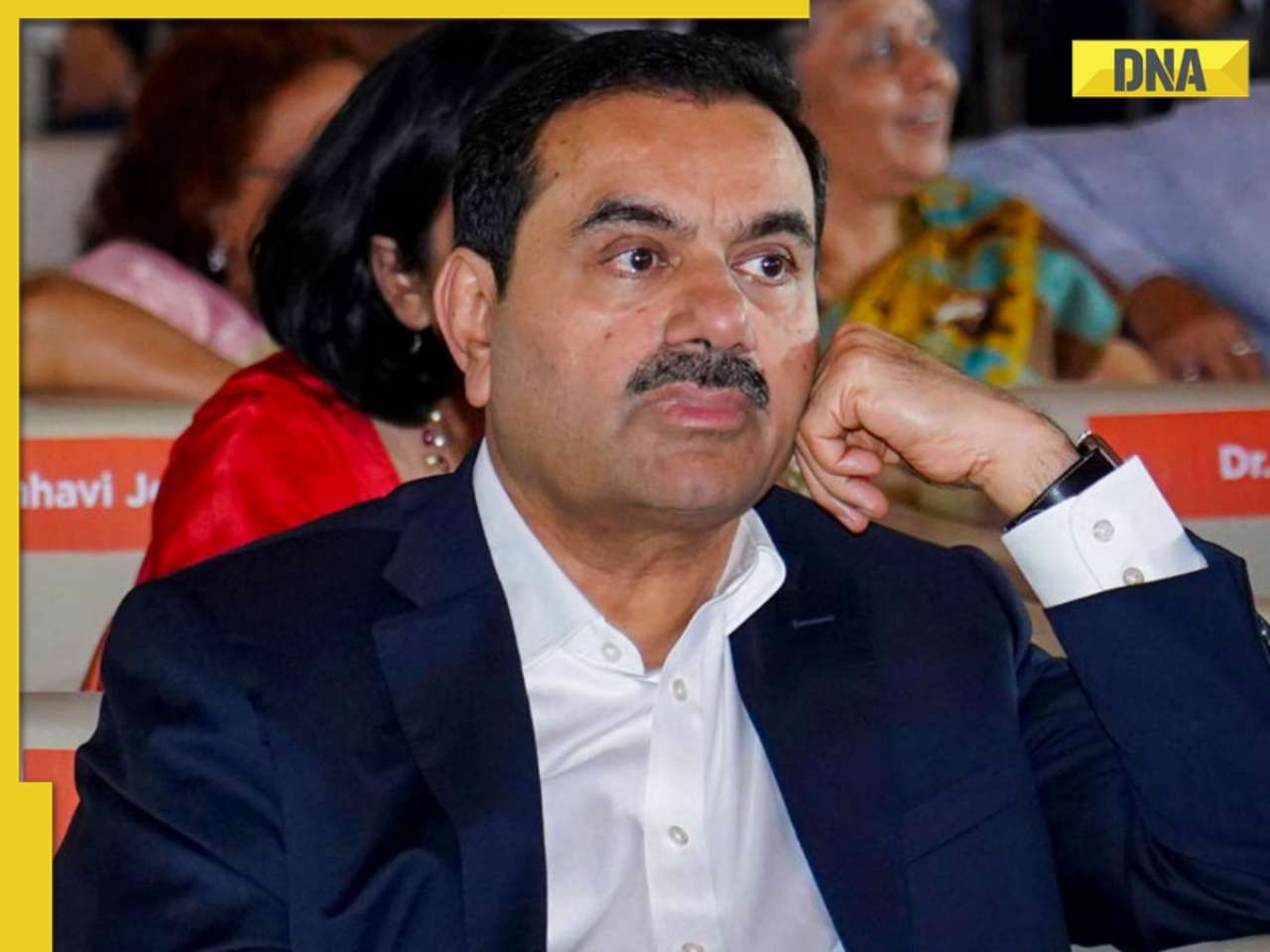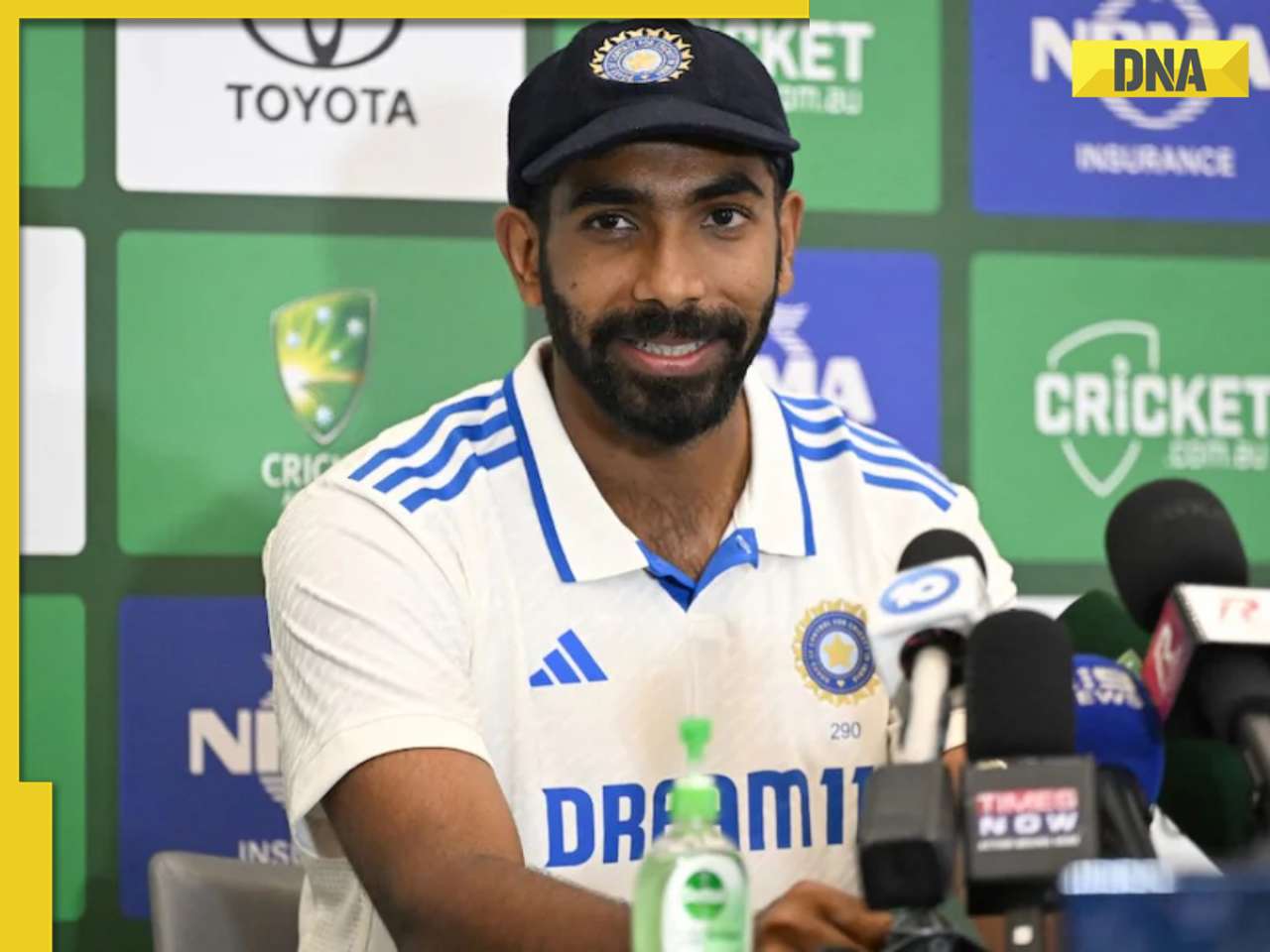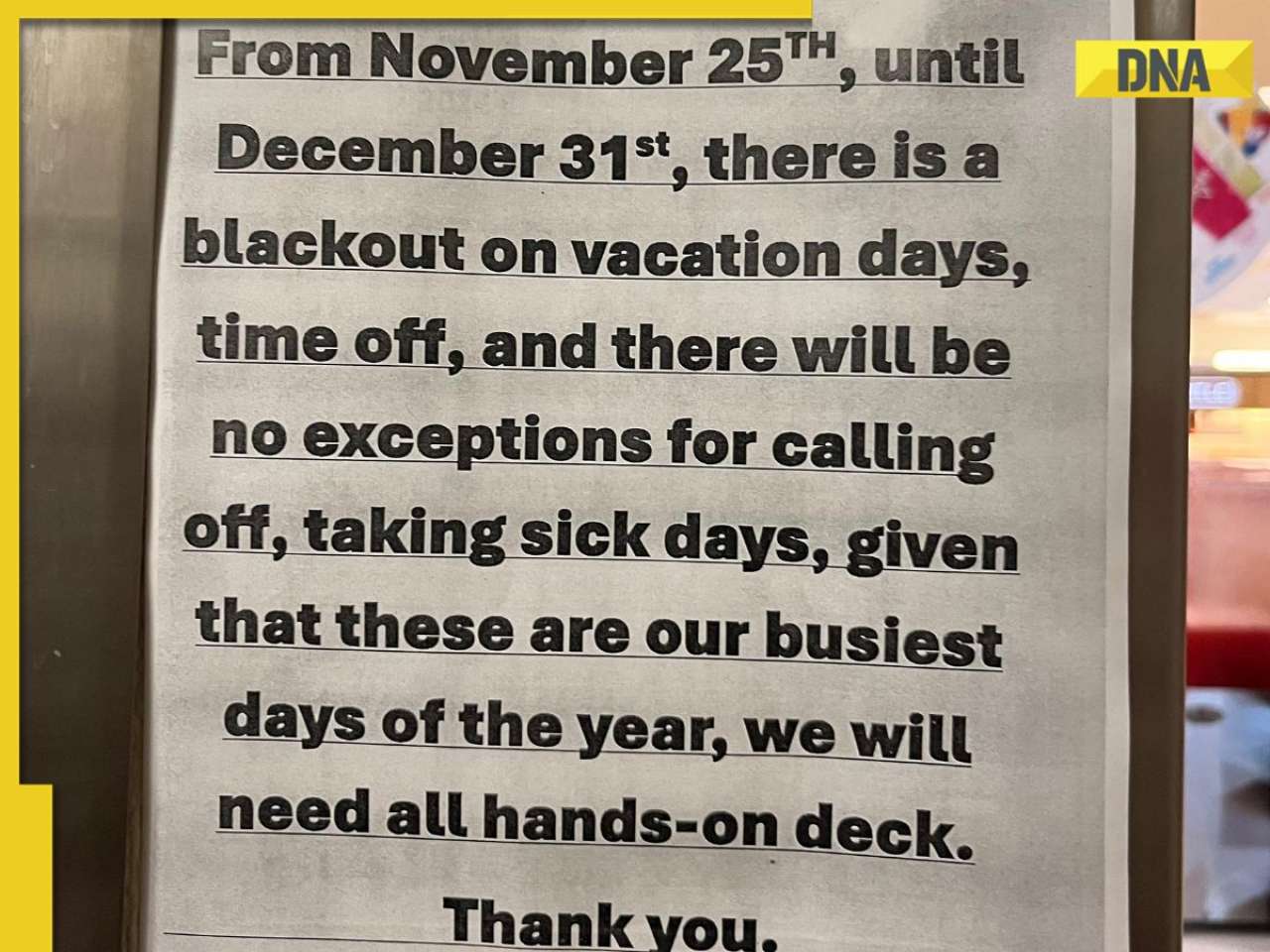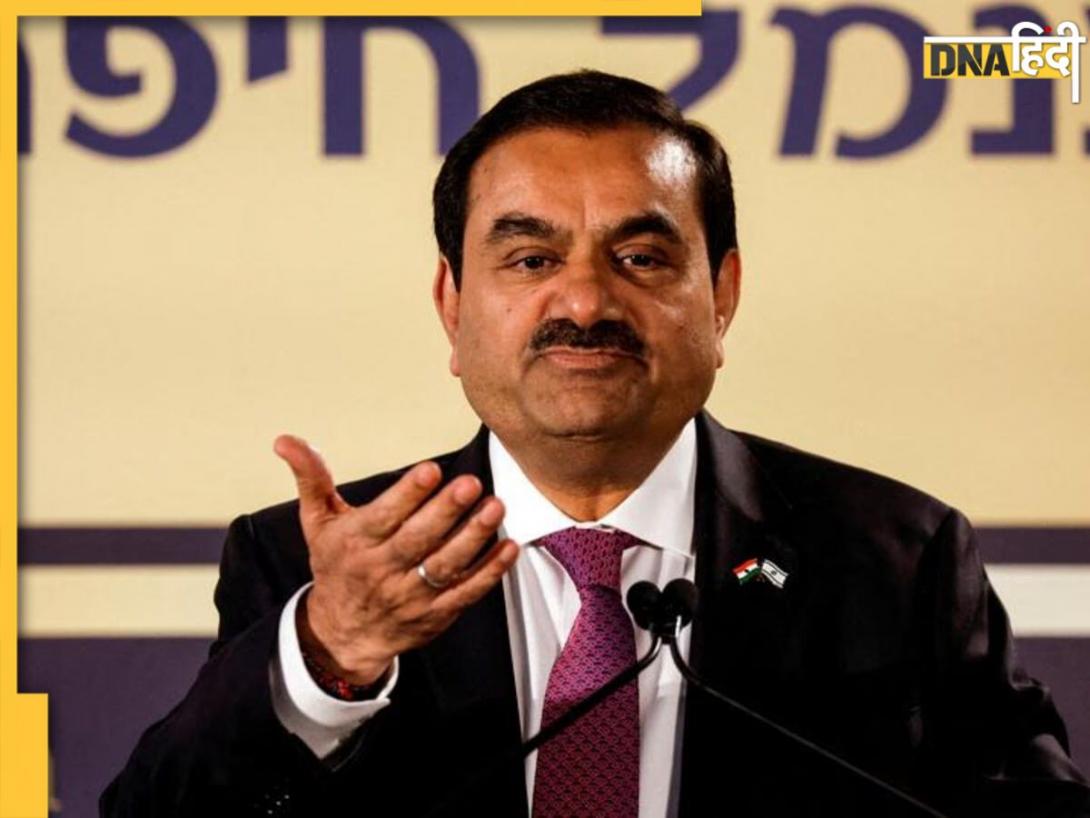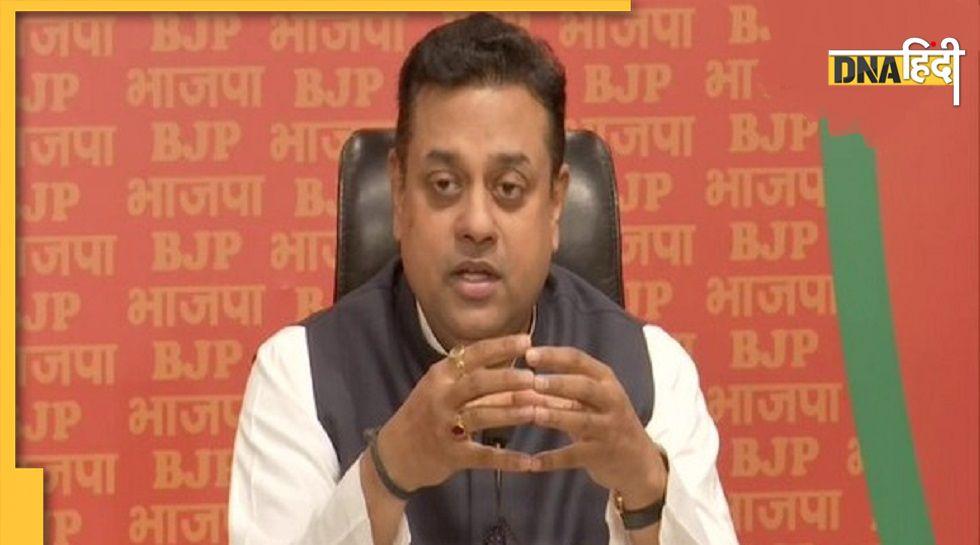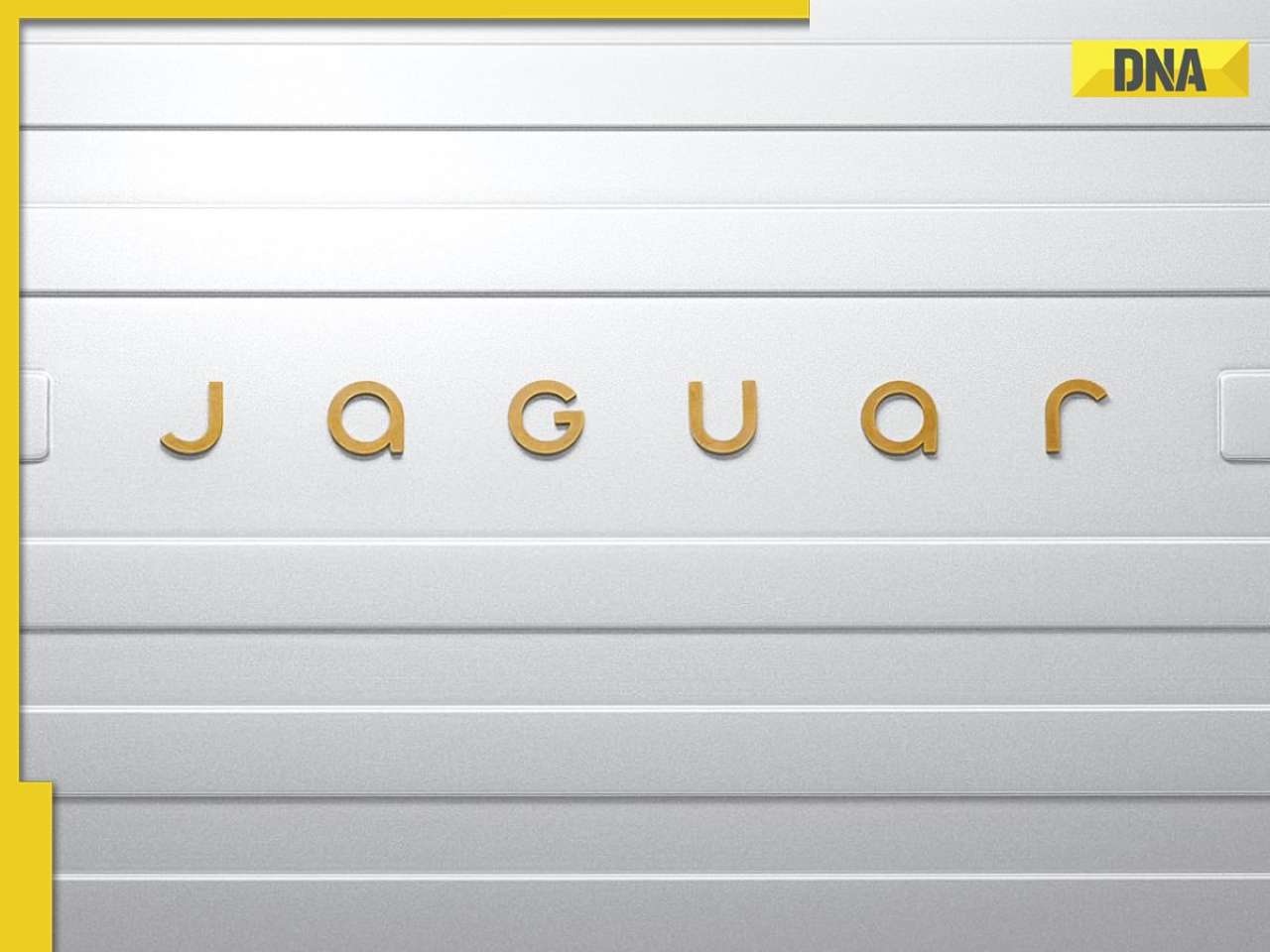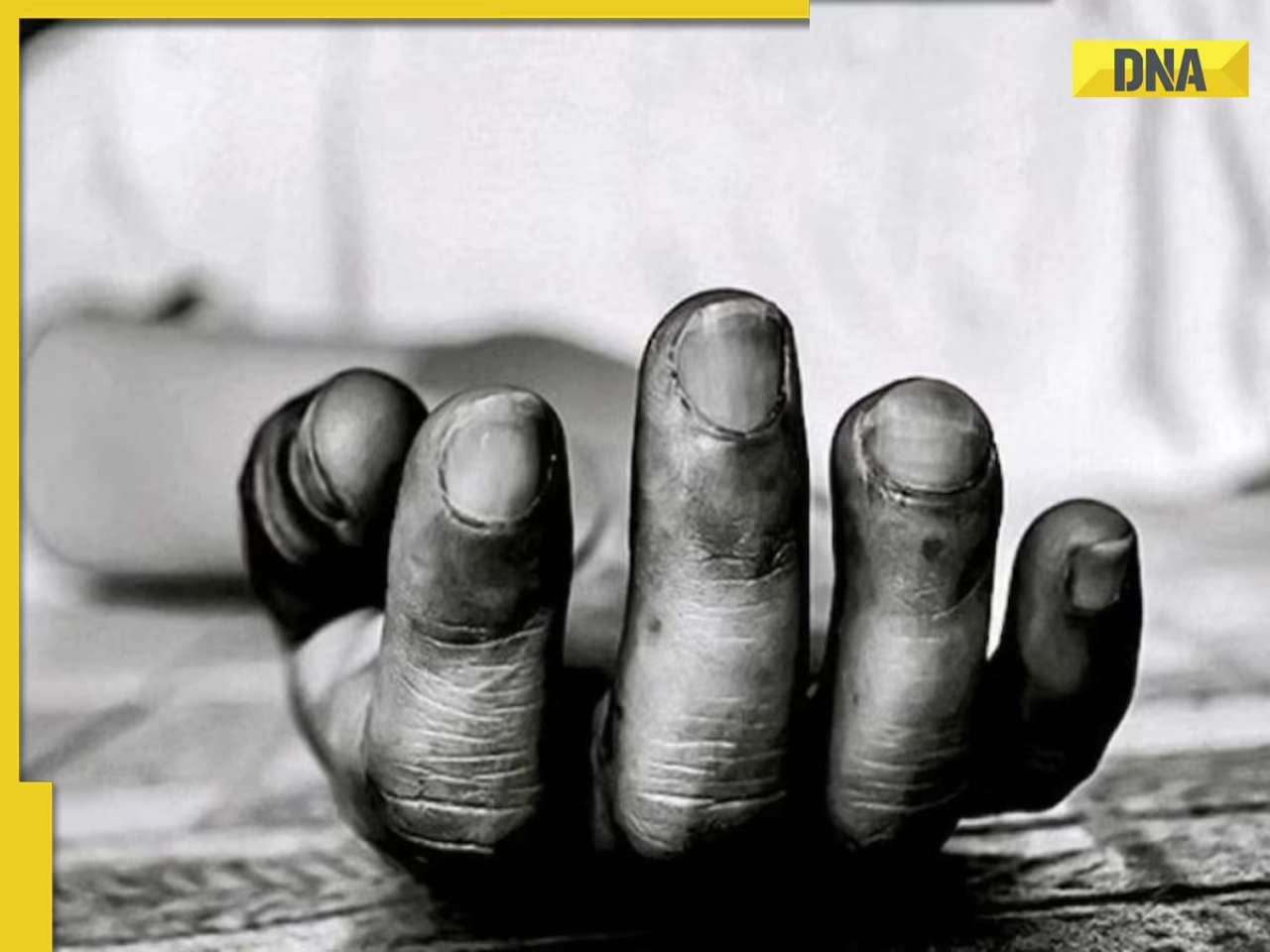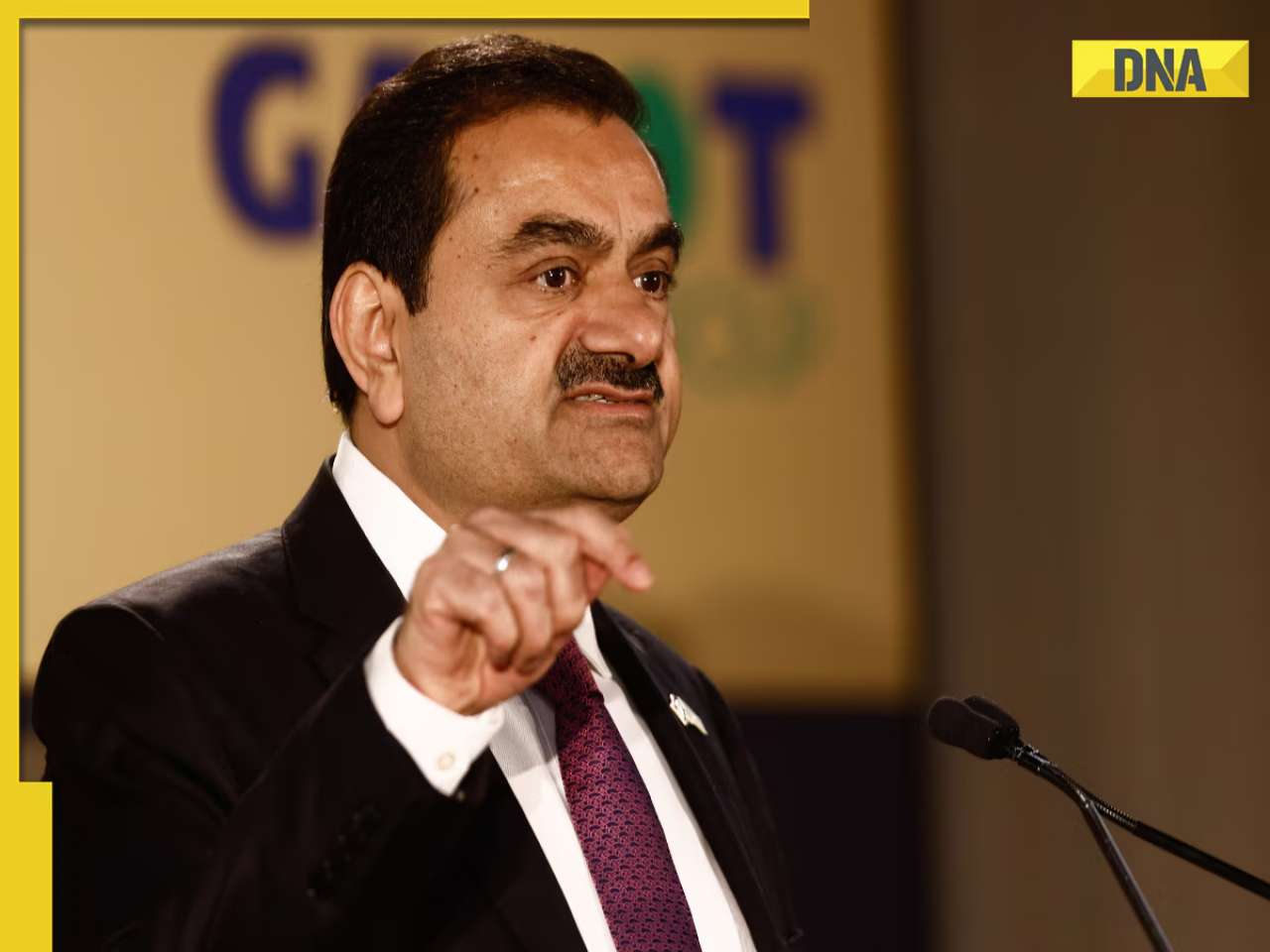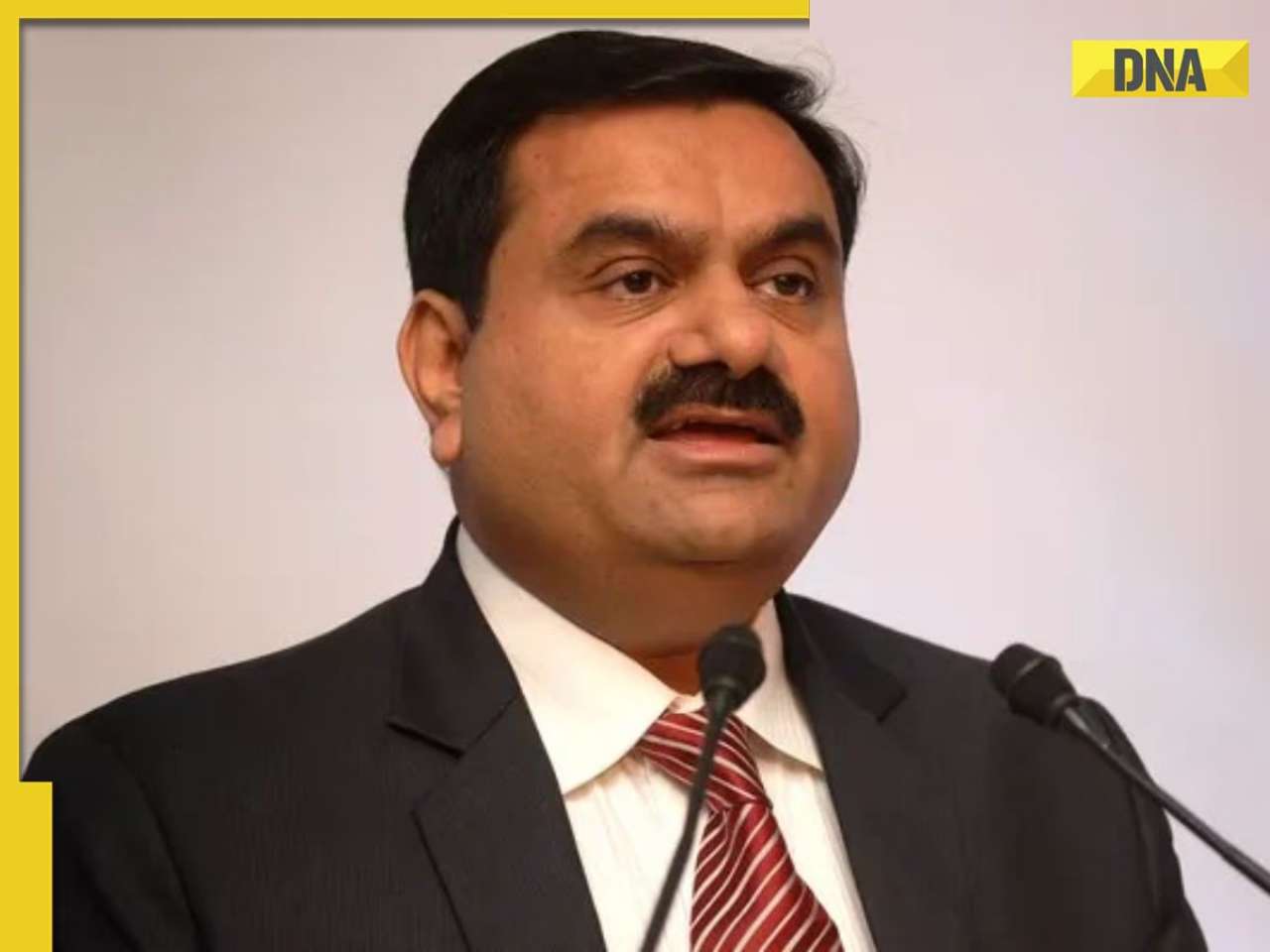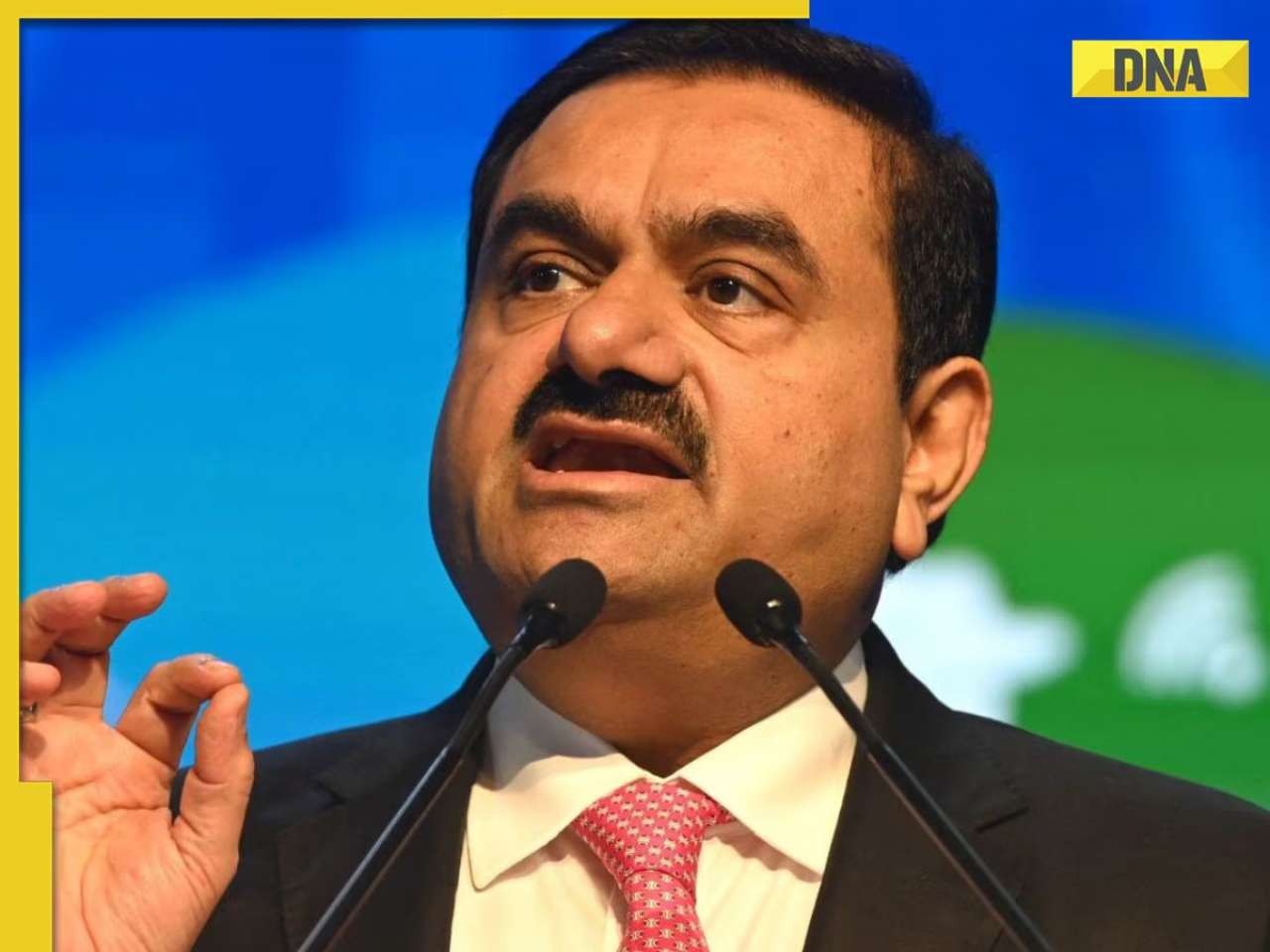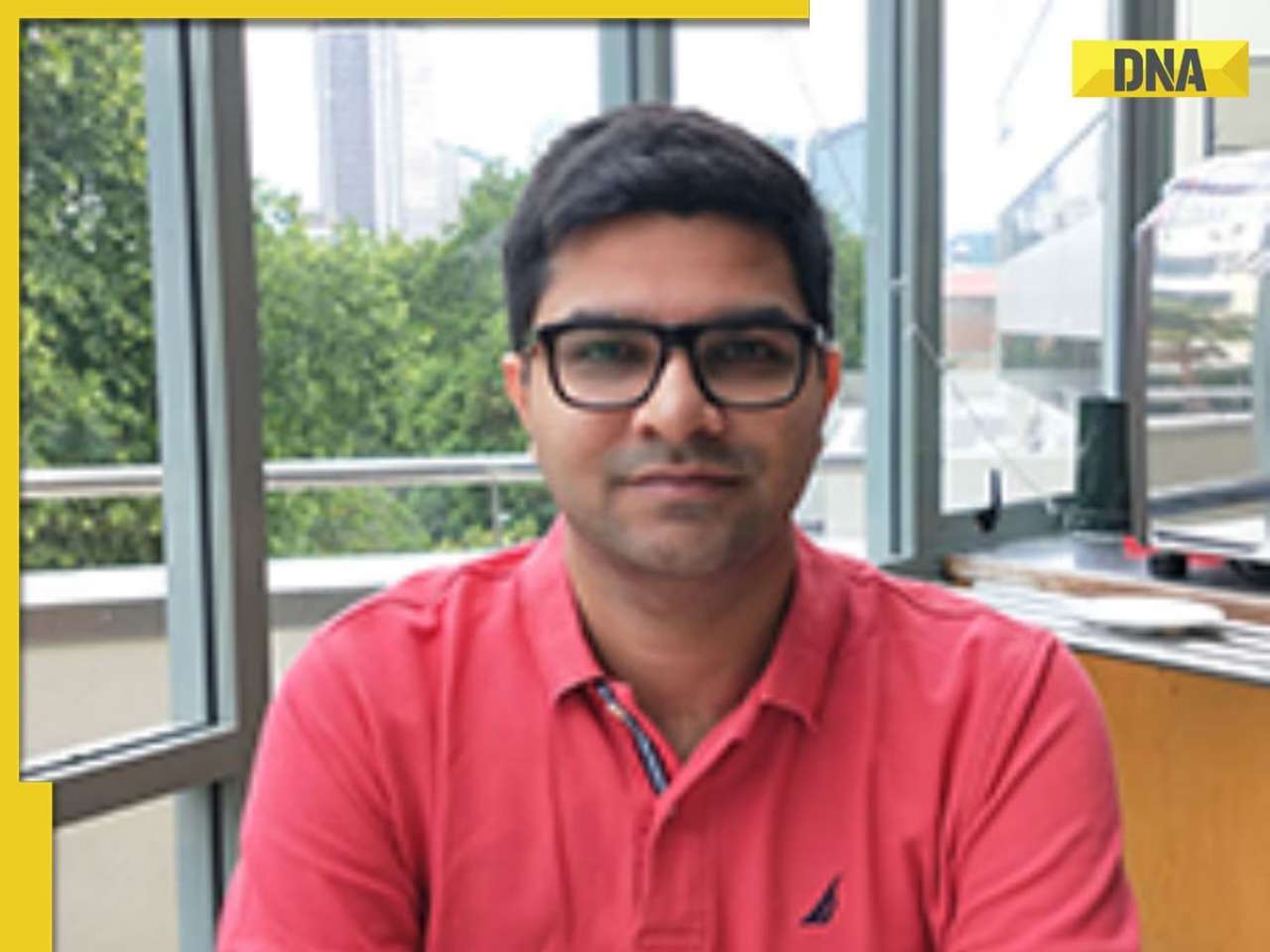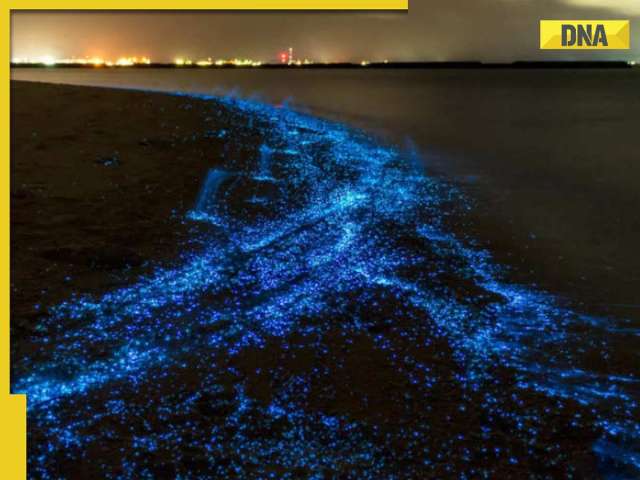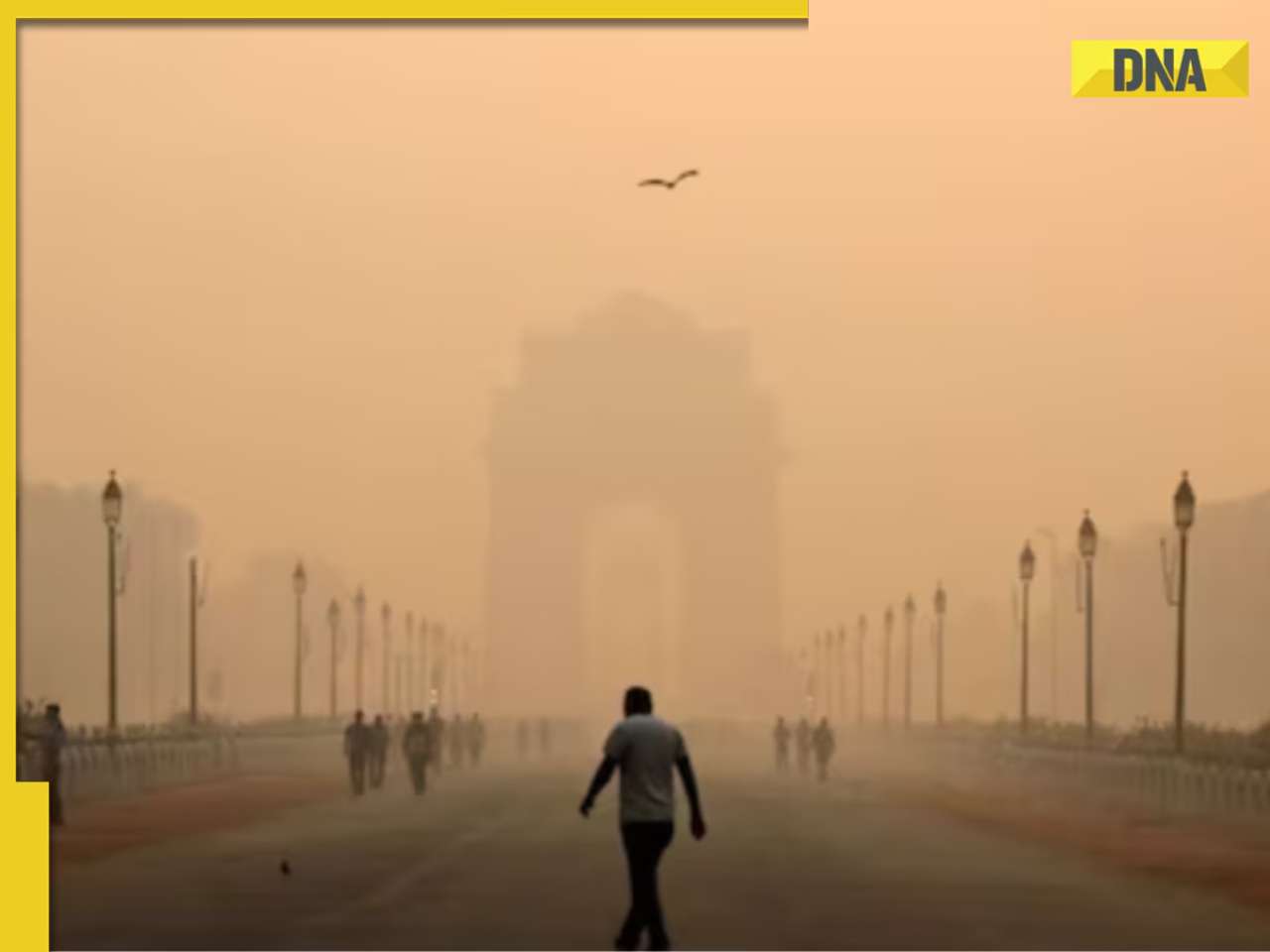- LATEST
- WEBSTORY
- TRENDING
SCIENCE
Is Space Travel Safe: Surprising ways Space affects human body
NASA’s Artemis programme will send the first woman and the next man to the Moon. By using advanced technology, they will explore more of the Moon’s surface than we have ever seen before, collecting new information and ensuring the astronauts stay safe and healthy during the mission.
TRENDING NOW
Studying how space travel impacts the human body is crucial as astronauts prepare to go farther than ever before. While they have mostly been in low-Earth orbit (LEO) aboard the International Space Station (ISS), future missions will take them to more distant places, such as the Moon and beyond. Understanding these effects helps us keep astronauts healthy and safe on longer, more challenging journeys through space.
NASA’s Artemis programme will send the first woman and the next man to the Moon. By using advanced technology, they will explore more of the Moon’s surface than we have ever seen before, collecting new information and ensuring the astronauts stay safe and healthy during the mission. NASA is especially focussed on understanding how the human body responds to long periods in space, as they prepare for future missions that will last longer on the Moon and Mars.
What happens to the human body in space and what risks are involved? Are the risks the same for astronauts who spend six months on the ISS in LEO compared to those on a multi-year mission to Mars?
The short answer is: No. NASA is studying the risks of a Mars mission, which are categorized into five key spaceflight hazards based on the stress they cause to the body. These hazards are summed up by the acronym, ‘Ridge’, which stands for (Space) Radiation, Isolation (and Confinement), Distance (from Earth), Gravity (Fields) and (Hostile/Closed) Environments.
1. Space Radiation
On Earth, our planet’s magnetic field and atmosphere protect us from most of the space radiation around us. However, we are still exposed to small amounts of radiation daily, from such things as the food we eat and the air we breathe. In space, astronauts face higher and different levels of radiation compared to what we experience on Earth.
Space radiation comes from three main sources: Earth’s magnetic field, the Sun and distant cosmic rays from outside our solar system. These types of radiation are much stronger in space than on Earth
§ Earth’s Magnetic Field: Some particles get trapped in Earth’s magnetic field, creating radiation belts around the planet. Astronauts in certain orbits may pass through these areas and be exposed to radiation
§ The Sun: The Sun releases bursts of energetic particles, especially during solar flares. These particles can reach astronauts in space, increasing radiation exposure
§ Distant Cosmic Rays: Cosmic rays come from outside our solar system, originating from exploding stars or other deep-space events. These rays are highly energetic and can be harmful to astronauts
One of the major difficulties in lowering the risks of radiation exposure in space is that certain types of space radiation, such as galactic cosmic rays, are hard to block. These particles have a lot of energy and, even with protective shielding, they can still pass through, and potentially harm, astronauts. This makes it challenging to find effective ways to protect people in space from radiation. Being exposed to higher levels of radiation can lead to health problems, both in the short term and over the long term. The effects depend upon how much radiation astronauts are exposed to and for how long.
People who have been exposed to radiation on Earth have shown a higher risk of developing cancer and other such long-term health issues as heart disease and cataracts. For astronauts, the main concern with higher levels of radiation in space is also the long-term health effects, which can build up over time and increase these risks. Studies on animals and cells show that the kind of radiation found in space affects health more severely than that on Earth.
The Key
To lower the health risks from space radiation, the main approach is to use protective shielding, keep track of radiation levels and follow certain safety procedures during missions. Moon and Mars missions will, generally, last much longer than the usual six-month space station missions. As a result, astronauts may be exposed to more radiation, which could lead to higher health risks.
NASA is working on creating new radiation detectors that can track, and measure, the radiation around astronauts. These will help give more accurate information about the amount and type of radiation astronauts are exposed to, improving our understanding of the risks they face. Scientists and engineers are improving, and applying, methods that use the storage space and materials available on spacecraft to help lower astronauts’ exposure to radiation.
To study the health risks of space radiation outside LEO, NASA funds research that looks at how simulated cosmic rays affect living organisms in labs on Earth. Research at these labs helps NASA better understand space radiation risks and find ways to reduce them. It also helps make sure the radiation doses astronauts receive on the space station and future spacecraft are measured correctly. Additionally, this research aids in creating better materials to protect astronauts from radiation on future missions.
Researchers are also studying groups of people who have been exposed to radiation to better understand the health risks that astronauts may face.
2. Isolation & Confinement
Astronauts chosen for missions on the space station are picked with great care. They go through special training and receive ongoing support to make sure they can work well together as a team during their six-to-12-month stay. This helps ensure they can handle the challenges of living, and working, in space for such a long time.
Crews for Moon or Mars missions will face even more detailed evaluation, selection and training because they will travel farther and, possibly, stay longer than anyone before. Being in a small, confined space with only a few others means they need extra preparation to handle the unique challenges of such long and isolated journeys. In addition, the crews will, possibly, come from different countries and cultures, so understanding and respecting cultural differences will be crucial for the team to work well together and ensure the mission’s success.
It is important to make sure astronauts get good sleep, since their body clocks can be disrupted by such things as unusual light and dark cycles, a cramped and noisy environment, the stress of being isolated for a long time and longer days on Mars (24 hours and 37 minutes).
It is important to plan for the fatigue astronauts may face during space missions, especially with busy schedules and changing workloads. To avoid boredom, NASA also thinks about what activities astronauts can do during the long journey to and from Mars, which could take several years.
Good communication and understanding between crew members are crucial for the mission’s success. Over time, morale and motivation may change because of various factors. These could include boredom, missing loved ones, or feeling helpless when it comes to family issues back on Earth. These challenges can arise no matter how long the mission lasts.
NASA’s research using Earth-based spaceflight simulations shows the length and type of isolation are important factors to think about. The smaller the space and the less contact people have with the outside world, the greater the chances of developing mental or behavioral issues.
The Key
For years, NASA has studied people in isolated and confined spaces and created ways to prevent potential problems. NASA scientists are using such tools as actigraphy to track movement and light levels. These devices help measure, and improve, sleep and alertness. Actigraphy is a method that uses a small, wearable device to track a person’s movement and light exposure. It helps monitor sleep patterns and overall activity levels.
New lighting, created with LED technology, is now used on the space station to help astronauts keep their sleep cycles in sync. This lighting helps them improve their sleep, stay alert and perform better. LED lights can change brightness and colour, which supports the body’s natural rhythm, making it easier for astronauts to adjust to a space environment. A simple 10-minute test checks focus and alertness to see how tiredness affects performance.
Astronauts keep journals as a way to express their frustrations in a safe space. These journals also help researchers understand the mental challenges astronauts face while living and working in isolation. Scientists are exploring virtual reality to create calming environments that can help boost the mood of crews in isolation.
Taking part in meaningful activities, such as learning a new language or medical skills, can help prevent depression and lift morale. Crews may take care of a space garden, which can improve their mental well-being. It also provides fresh food and helps clean the air. Researchers are studying Earth-based simulations to figure out how much privacy and space will be needed for longer missions, where crew members will be living together in a small spacecraft. NASA is also looking at ways to choose the best crew by studying individual and team traits, as well as how they work together.
3. Distance from Earth
The space station orbits at an altitude of 240 miles (about 386 kilometres) above Earth. In comparison, the Moon is approximately 1,000 times farther from Earth than the space station. On an average, Mars is located about 140 million miles (approximately 225 million kilometres) from Earth. Since it can take up to 20 minutes for messages to travel one way between Mars and Earth, astronauts will need to work together to solve problems and find solutions on their own without immediate help from NASA’s mission control.
It is important to think about what kinds of food and medicine to bring for a journey lasting several years, especially since there will not be any grocery stores or pharmacies available. Unlike the crews on the space station, who get regular deliveries from Earth, astronauts travelling to Mars will need to take everything with them, including food, equipment and medical supplies.
The Key
NASA is using the experience from human spaceflight on the space station to learn what kinds of medical issues happen in space over time. This helps them understand what skills, tools, equipment and supplies will be needed so they can be better prepared for future missions to the Moon and Mars.
Astronauts on the space station already get medical training before and during their missions, so they know how to handle health issues if they come up. For instance, astronauts are trained to use equipment on the space station to make an IV solution from purified water, which can be used for medical treatments. Crew members also use ultrasound to check each other’s organs for any health issues. If someone gets sick during the mission, they are prepared to do lab tests to help diagnose the problem and decide on the best treatment.
NASA is developing a medical data system for spacecraft that can support tools to help with medical decisions. These tools may use artificial intelligence and machine learning to better diagnose and treat different illnesses. Researchers are also exploring how virtual assistants could help crews quickly spot, and deal with, problems during space missions, especially on longer trips.
NASA is also working on improving how food is made, packaged and stored to make sure it stays nutritious and safe to eat for several years. NASA is also researching medications and packaging that can withstand space conditions and stay effective on long missions.
4. Gravity Fields
Astronauts on a mission to Mars will experience three types of gravity. During the six-month journey between Earth and Mars, they will be in a weightless environment. Once on Mars, they will live and work in a gravity about one-third of what we feel on Earth. Finally, when they come back home, they will need to get used to Earth’s full gravity again.
Moving from one gravity environment to another is more challenging than it seems. It impacts how astronauts perceive space, how their eyes and hands work together, their balance and how they move around. Some crew members may even experience motion sickness in space.
Landing a spacecraft on Mars can be difficult because astronauts have to get used to a new gravity. After being in weightlessness, they may struggle to keep their blood pressure steady when standing, which can make them feel dizzy or even cause them to faint. This condition is known as ‘post-flight orthostatic intolerance’.
NASA has discovered that, without the pull of Earth’s gravity, the bones in the human body start to weaken. In space, bones that usually support weight lose about 1% to 1.5% of their mineral density each month. This happens because, without gravity pushing down on them, bones do not need to work as hard and gradually lose strength. When astronauts come back to Earth, rehab may not fully reverse the bone loss experienced in space. However, this does not mean they have a higher risk of breaking a bone.
In space, without the right diet and exercise, astronauts lose muscle mass more quickly than they would on Earth. This happens because, in microgravity, muscles do not have to work as hard to move, or support, the body, so they weaken faster. Regular exercise and proper nutrition are essential to help prevent this.
In space, body fluids move upwards, towards the head, because of the lack of gravity. This can put pressure on the eyes and lead to vision problems. Additionally, if steps are not taken to prevent this, astronauts could be at a higher risk of developing kidney stones. This is because they may become dehydrated and also lose more calcium from their bones, which builds up in urine and can cause stones to form.
The Key
NASA is studying how the body changes in weightlessness and after coming back to Earth’s gravity. This research is helping them create ways to protect astronauts from these effects during a mission to Mars. Functional task tests are used to check, and improve, astronauts’ balance after they land on a planet with gravity. Fine motor skill tests are done to see if their ability to use computer-based devices has changed. These tests help ensure astronauts can perform tasks effectively after being in space.
A functional task test checks how well astronauts can perform basic physical tasks, such as standing and walking, especially after being in space. A fine motor skill test measures hand coordination and precision for tasks, such as using tools or operating computers.
Fluid movement in the body is carefully tracked to see if it affects vision. Astronauts wear compression cuffs on their thighs to keep blood in the lower body and reduce fluid shifts. A device that uses lower-body negative pressure can also help pull fluids from the head down to the legs. A lower-body negative pressure device creates suction around the lower half of the body, pulling fluids down from the head to the legs. In space, this helps balance fluid distribution.
NASA is researching medicines, such as potassium citrate, which may help reduce the risk of kidney stones caused by changes in the body. Studies also show that bisphosphonate medications can help prevent bone loss. NASA has created an effective method to track, and measure, how much urine astronauts produce in space. This is important for studying their health, as it provides valuable information about their well-being.
Researchers can study the levels of certain substances in an astronaut’s urine to check if they are at risk of developing kidney stones in space. If needed, they can adjust the astronaut’s diet, exercise routine and water intake to help prevent this. Aerobic and strength exercises help keep the heart strong, strengthen bones and muscles, keep the mind sharp and improve mood. They may also support better balance and coordination.
Virtual workout partners created by software could be used to encourage astronauts to stay motivated and exercise regularly during long space missions. This helps keep them healthy and active throughout their time in space. NASA has conducted an Earth-based bed rest study to see if using a centrifuge to create artificial gravity could help reduce the physical effects of weightlessness. This could be a way to keep astronauts healthier in space.
5. Hostile/Closed Environments
NASA has discovered that the environment inside the spacecraft is important for astronauts’ daily life in space. In space, microbes can behave differently and the bacteria that normally live on our bodies can spread more easily between people in the confines of a spacecraft or the ISS. This makes monitoring hygiene important. Higher levels of stress hormones can weaken the immune system, making the body more prone to allergies or other illnesses.
Studying how the human immune system reacts in space is difficult because Earth-based simulations cannot fully recreate the conditions of space. This means ground-based experiments are not enough to understand the effects of space on the immune system.
NASA is funding studies in Antarctica that may help us understand how certain space-related stresses impact the human immune system. These studies could offer useful insights, even though they take place here on Earth. We know spaceflight affects the immune system, but astronauts usually do not get sick when they come back to Earth.
Although astronauts’ immune systems still work as expected, more research is needed to see if changes caused by space travel could trigger autoimmune problems, where the immune system mistakenly attacks the body’s own healthy cells, organs and tissues. In addition to how the environment affects the immune system, every part of the living and working spaces must be carefully planned and designed. Every detail matters to ensure the safety and comfort of the crew.
Just as no one wants their home to be too hot, cold, cramped, noisy, or poorly lit, astronauts would not want to live and work in those conditions in space either. Comfort and balance are important in space habitats, too.
The Key
NASA uses technology to check the air quality on the space station, making sure it is safe to breathe and free from harmful gases, such as formaldehyde, ammonia and carbon monoxide. The thermal control systems help regulate the temperature, keeping the space station comfortable for astronauts.
Scientists analyse blood and saliva samples to detect changes in the immune system and the reactivation of dormant viruses during space missions. Dormant viruses are viruses that stay inactive in the body for a long time without causing symptoms, but can become active again under certain conditions, such as stress or illness.
NASA uses modern scientific methods to study microbes that could make astronauts sick, helping assess the potential health risks for the crew. Different areas of the body and the space station are regularly swabbed to check the types of microbes living in the environment. This helps monitor the microbial population. The crew regularly replaces air filters, cleans surfaces and treats the water to prevent illnesses caused by a buildup of harmful substances.
Astronauts are encouraged to get a flu shot to strengthen their immunity and are kept in quarantine before their missions to prevent them from getting sick prior to launch. In the Twins Study and One-Year Mission, astronaut Scott Kelly gave himself a flu shot in space, while his twin brother received one on Earth. The vaccine worked just as well in space, which is promising for future long missions to the Moon and Mars.
The Twins Study and One-Year Mission was NASA experiments involving astronaut Scott Kelly and his twin brother, Mark. Scott spent a year aboard the ISS, while Mark stayed on Earth. Scientists studied the twins to understand how long-term space travel affects the human body by comparing changes between the two.
In Conclusion
NASA is addressing these risks and tackling the challenges of human space travel by working with some of the brightest experts in the field. The findings from labs, ground simulations and space station missions will help us better understand these changes and pave the way for longer space missions. During the forthcoming Artemis missions to the Moon’s orbit and surface, more data will be gathered as this research goes on. For future longer missions to the Moon and Mars, astronauts will benefit from years of studies that will help them not only survive, but also succeed during their time in space.
(The author of this article is a Defence, Aerospace & Political Analyst based in Bengaluru. He is also Director of ADD Engineering Components, India, Pvt. Ltd, a subsidiary of ADD Engineering GmbH, Germany. You can reach him at: girishlinganna@gmail.com)
(Disclaimer: The views expressed above are the author's own and do not reflect those of DNA)



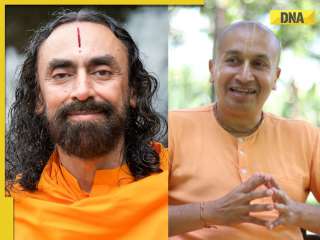



)
)
)
)
)
)
)
)
)
)
)
)
)
)
)
)





